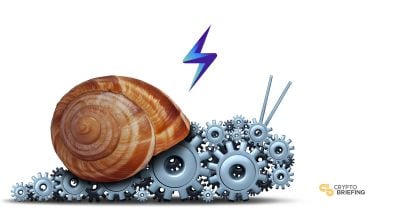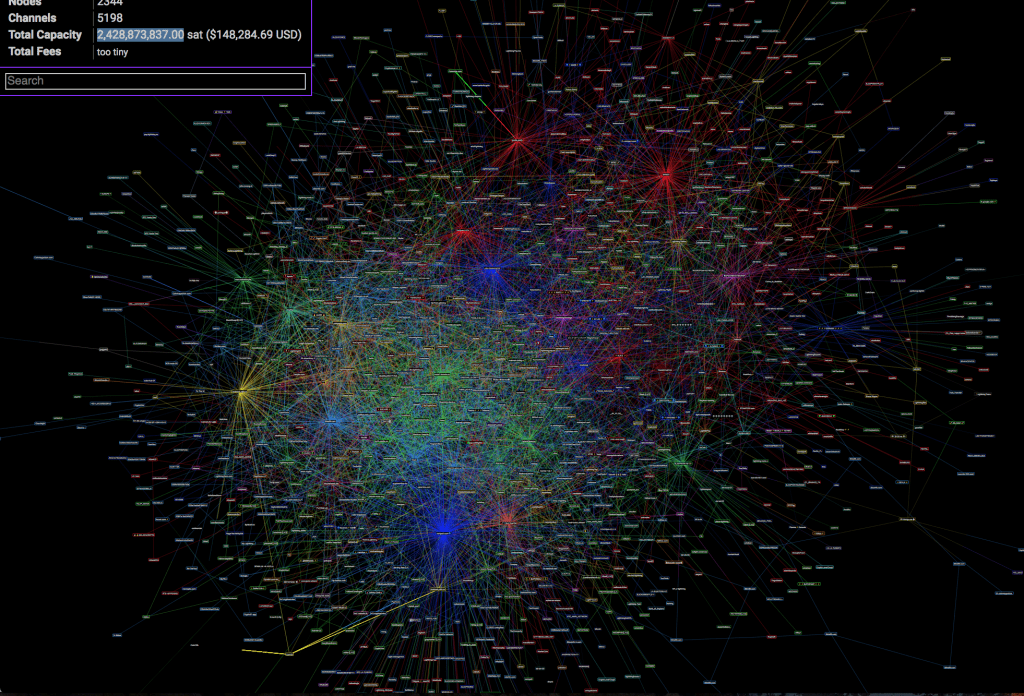What's Holding Back the Lightning Network?

Share this article
The Lightning Network should be operational “this summer,” according to CoinJournal. In an article published on April 5th, Kyle Torpey reported that the second-layer solution, “Bitcoin’s saving grace,” was tantalizingly close to fruition, with the possibility of negligible fees and millions of transactions per second. Quoting Joseph Poon, the co-author of the Lightning Network white paper, the article predicted that the new network would soon “enable entirely new decentralized use cases for Bitcoin which were not possible before.”
There’s just one problem: that article was published in 2016.
Since then, the Lightning network has been a few months away for several years. After three years of unexpected delays, persistent bugs and an embarrassing fee bottleneck last year, Lightning Labs finally released a beta implementation earlier this year. However, the system still needs plenty of work. .
Diar, a weekly newsletter for crypto and digital assets, reports that “while the capacity and the number of nodes as well as channels are increasing steadily, the reliability of successfully routing a payment on the Lightning Network is still quite low, especially for larger amounts. The success rate for a payment for no more than a few dollars between random LN nodes is 70%.”

The situation is even worse for larger payments, Diar reported. “The probability of successfully routing the payment of less than $200 between random LN nodes is a mere 1%.” (Note: the original contributor of this data has since contacted us to explain that despite this comment, “The probability to find at least one working route is 95% for up to $20.”)
Wheels Within Wheels: LN is even more complicated than it looks.
Part of the problem comes from the problem Lightning is trying to solve: the more moving parts a machine has, the more opportunities there are for a breakdown. And the Lightning Network has a lot of gears.
If Bitcoin can be compared to cash transactions, the Lightning Network is analogous to an online system of decentralized credit: traders exchange IOUs, keep running tabs on their expenses, and only use the blockchain when their interaction concludes. That’s a big difference from the sign-and-send procedure for an ordinary, on-chain transaction.
More to the point, the Lightning Network requires active involvement from all involved. Each party needs to be online at the same time; you can’t just post a QR code on your website to ask for tips. A successful Lightning transaction requires choosing an optimal payment path from among thousands of intermediaries, and—since nodes are constantly flickering on and off—that path needs to be recalculated each time.
Those requirements have enforced some unexpected effects on the network’s topology. For example, the fact that intermediary nodes must remain online effectively forced the network to centralize around a few hubs. Those routing problems will become a lot worse if Lightning ever scales up to millions of users, according to a putative mathematical proof by Jonald Fyookball.

Dr. Rusty Russell, a Lightning developer for Block stream, gives a candid listing of Lightning’s possible points of failure, which can be found here.
Lightning Progress, At The Speed Of… Well, Not Lightning
Still, at least Lightning does solve one problem correctly: there is a 100% chance of routing payments of under 3 cents, making Poon’s prediction of new use cases an accurate one. Among the new use-cases, the Lightning Network has been successfully used for important economic activities like crypto-Pokemon and drawing penises. Lightning implementations have also been proposed for Litecoin and Stellar Lumens.
And developers have indicated that they are aware of Lightning’s limitations. “Users must understand how the protocol and payment channels work and this involves knowledge from fields like cryptography, security, game theory, economics, and more,” Lightning Labs writes in a blog post, intended to explain the process for lay audiences. “However, as Lightning matures, we’ll be working to improve the Lightning user experience to become more simple, intuitive and familiar.”
So there has been some progress, and Lightning has moved from engineering problems to user experience problems. That, at least, is a simple matter to tidy up.
Should take just a few more months.
The author has investments in Bitcoin, Bitcoin Cash, and other currencies mentioned in this article.
